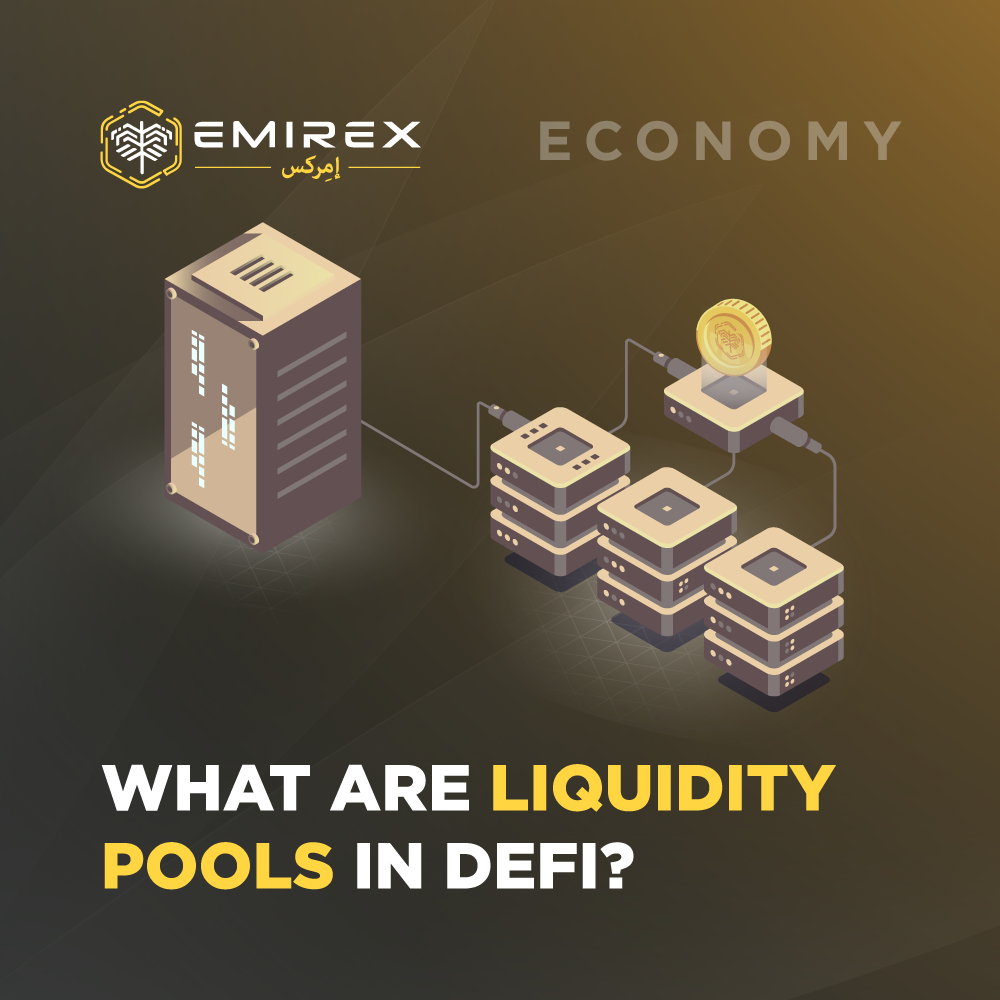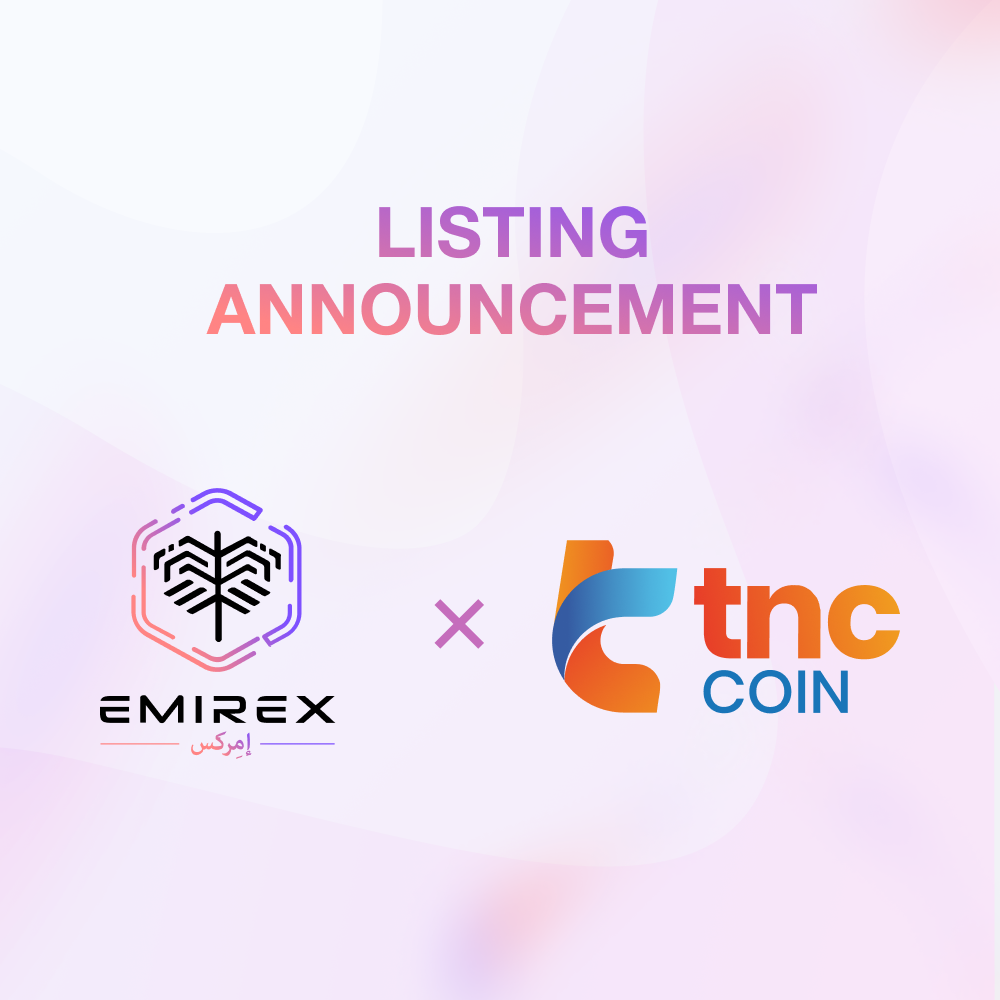Decentralized finance (DeFi) has fueled explosive growth as intuitive interfaces and a claimed high return on passive investments have multiplied the ecosystem's funds. But what is the technology behind it? You're right, these are the liquidity pools! Amid the hype around DeFi, more and more traders are becoming interested in how liquidity pools work.
In this article, we will look at what these liquidity pools are, why there is a need for them, how they work, and what are the possible risks for users choosing this option for generating income.
Liquidity in general
Liquidity is a key parameter in a particular market that indicates the “sellability” of an asset. Simply put, liquidity reflects changes in the market price that are caused by the execution of an exchange order to buy or sell a certain size. In an ideally liquid market, one could sell any amount of an asset at the same price without affecting it.
Thus, liquidity is the ability to sell assets on the market without affecting their price. Liquidity can be measured not only for specific assets but also for the entire market as a whole. The liquidity of a cryptocurrency is determined by specific factors - from the popularity of an asset to its actual use.
Liquidity pool
A liquidity pool is storage that collects a large supply of cryptocurrencies. Creating a liquidity pool allows users to switch between assets instead of setting trading pairs. The pool provides a liquidity reserve for those wishing to change a certain asset. In this case, users provide liquidity for exchange operations, by providing their assets for exchanges.
.png?width=4096&name=Infogra_%20(1).png)
To stimulate the activity of users, there is a commission model - the profit received by the decentralized exchange is distributed among the pool's providers in proportion to their percentage of funds contributed to the pool. The more active trades take place in the pair for which liquidity was provided to the pool, the larger the volume and the higher the income is. For this reason, liquidity providers are interested in increasing the pool volume, as this attracts more and more traders to the exchange.
Each exchange that takes place using the liquidity pool leads to a movement of the exchange rate according to a special algorithm called an automatic market maker (AMM). Liquidity pools of different protocols may use different algorithms, but the general concept is that if the first token in the pool (for example, ESW) becomes smaller, then it becomes more expensive and then the second token (for example, USDT) becomes cheaper. On large pools, transactions practically do not affect the movement of the exchange rate, that is, they are at the level of the same “fair market price”. This is precisely the ultimate goal of both market participants and liquidity providers.
- In the case of ESW tokens, any protocol changes are possible only through the community voting procedure among ESW token holders; each ESW that user holds brings him profit-sharing from EmiSwap exchange – 0.05% lifetime. If a user provides liquidity, he gets more than 0.25% additionally per operation.
Closing line
DeFi implies the absence of financial centers, which leads to the need to ensure activities through the presence of assets within the system. Thus, we highlight the following characteristics:
- Liquidity pools help new projects solve the liquidity problem by providing the ability to store tokens that do not yet have a large user base;
- Liquidity pools function as insurance for token holders and large investors in young projects, providing a liquid market;
- Liquidity pools are the key to the maturation of decentralized cryptocurrency markets;
- The total amount of liquidity in decentralized pools is growing at an impressive pace.






